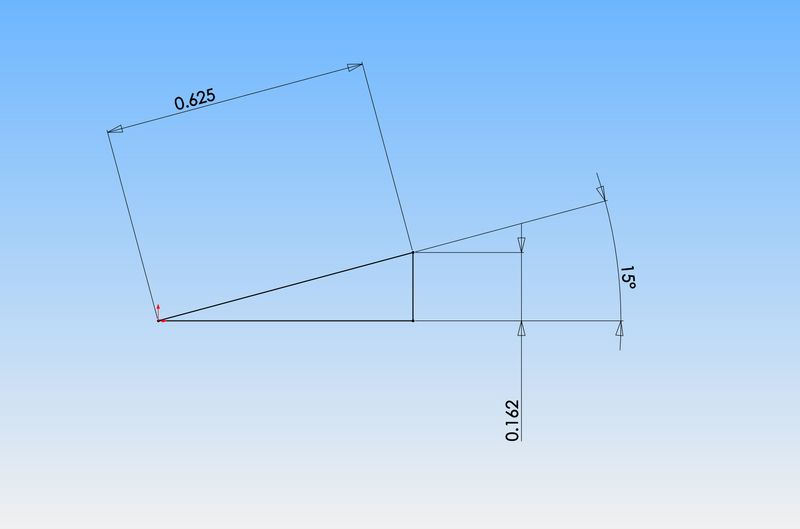- Joined
- Sep 2, 2011
- Messages
- 1,342
- Reaction score
- 360
Thanks Mechnicboy, here is what I took from that, copy and pated below
General Principles
There are three basic principles in spring design:
· The heavier the wire, the stronger the spring.
· The smaller the coil, the stronger the spring.
· The more active coils, the less load you will have to apply in order to get it to
move a certain distance.
General Principles
There are three basic principles in spring design:
· The heavier the wire, the stronger the spring.
· The smaller the coil, the stronger the spring.
· The more active coils, the less load you will have to apply in order to get it to
move a certain distance.












